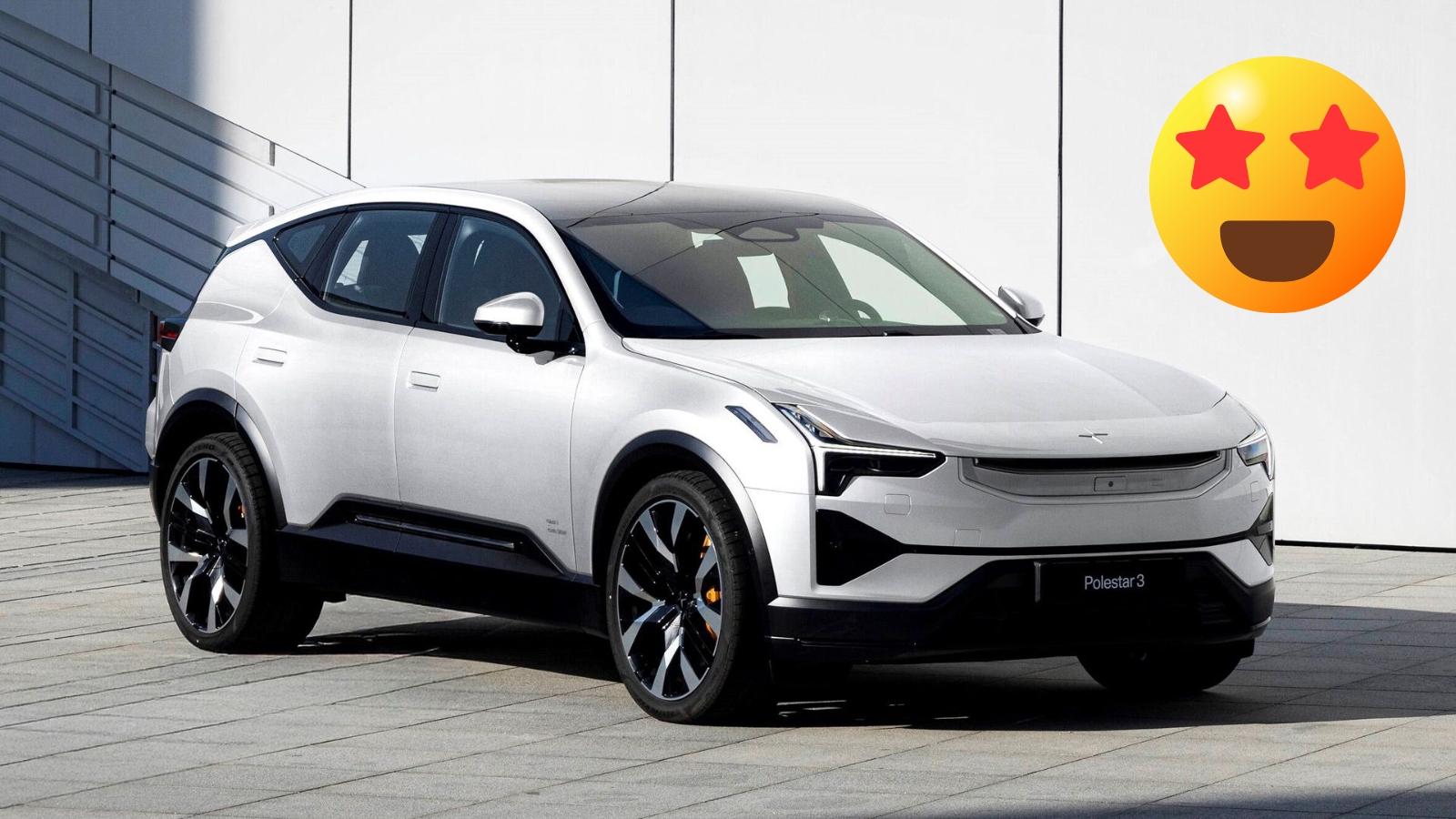Polestar has officially announced their upcoming compact electric SUV, the Polestar 7, scheduled to arrive in 2028. This marks a significant step for the Swedish-Chinese brand as it becomes the first Polestar vehicle to be manufactured in Europe.
What Makes the Polestar 7 Special
The Polestar 7 will be a compact electric SUV that shares components with Volvo’s EVs, featuring shared components and utilizing a technology base from Volvo Cars. Unlike the swoopy, coupe-like Polestar 4, the 7 is more upright, boxier, and SUV-like than the Polestar 4, likely resembling a smaller Polestar 3.
The vehicle represents Polestar’s strategy to diversify their manufacturing locations while leveraging advanced technology from their parent company ecosystem. The all-new small electric SUV will be launched in 2028 and produced at a new Volvo Cars factory in Kosice, Slovakia.

Advanced Technology Platform
The SUV will utilize a technology base from Volvo Cars, benefiting from group component sharing, cell-to-body technology with next-generation battery density and performance, as well as the next generation of in-house developed e-motors. This platform sharing strategy allows Polestar to access cutting-edge technology while maintaining cost efficiency.
The Polestar 7 will share the mid-size all-electric SUV’s next-generation SPA3 platform with the upcoming Volvo EX60. This partnership ensures the vehicle benefits from Volvo’s latest developments in electric vehicle technology.
European Manufacturing Strategy
The decision to manufacture in Slovakia isn’t just about logistics. Prior to this announcement, Polestars have only produced in Asia and in North America, so this will be the premium EV maker’s sole car produced in Europe, surely in a bid to avoid tariffs. The location offers strategic advantages for European market penetration.
The Kosice factory offers good logistical connections to European markets and a developed supplier base, while Volvo has confirmed the plant will be able to produce up to 250,000 cars per year. This substantial production capacity indicates Polestar’s confidence in European demand.
Design and Performance Expectations
Visual Identity
A single teaser image of the Polestar 7 released this week doesn’t reveal much, other than bold daytime running lights that fit in neatly with those employed by other Polestar products. The design language will maintain Polestar’s distinctive aesthetic while offering a more traditional SUV silhouette.
Driving Dynamics
It will feature radical styling and driving dynamics that are more aligned with a sports car, rather than the comfort-biased Volvo. Despite sharing technology with Volvo, adaptations will be made to create the driving experience and performance characteristics that Polestar is known for.
Market Position
The Polestar 7 will be smaller and, presumably, less expensive than the Polestar 2 sedan, Polestar 3 SUV, and Polestar 4 SUV coupe on sale today. The larger Polestar 3 SUV currently starts at $67,500 and the smaller Polestar 4 starts at $56,400, so we anticipate the new 7 will be around or just above the $50,000 mark when it shows up in 2028.
Key Specifications
| Feature | Details |
|---|---|
| Launch Year | 2028 |
| Vehicle Type | Compact Electric SUV |
| Manufacturing Location | Kosice, Slovakia |
| Platform | Volvo SPA3 Platform |
| Battery Technology | Cell-to-body construction with next-gen density |
| Motor | In-house developed e-motors |
| Expected Starting Price | Around $50,000+ |
| Production Capacity | Up to 250,000 units annually (plant capacity) |
What This Means for Buyers
The Polestar 7 fills an important gap in the compact premium electric SUV market. The Polestar 7 will set new standards in the premium compact SUV segment, according to CEO Michael Lohscheller. For consumers, this means access to advanced electric vehicle technology at a more accessible price point.
The European manufacturing approach also benefits buyers through potentially more stable pricing and supply chains, avoiding the tariff issues that have affected other Polestar models manufactured in China.
Timeline and Availability
Polestar will use the number 5 for a planned Grand Touring car, and 6 for a lovely hardtop roadster that will arrive before the 7. This means buyers have several years to prepare for the Polestar 7’s arrival, allowing the brand to refine their technology and manufacturing processes.
The 2028 timeline also aligns with the broader electric vehicle market’s evolution, positioning the Polestar 7 to compete with next-generation compact electric SUVs from established luxury brands.
Frequently Asked Questions
Q: When will the Polestar 7 be available for purchase?
A: The Polestar 7 is scheduled to launch in 2028, with production beginning at the new Slovakia facility.
Q: How much will the Polestar 7 cost?
A: While official pricing hasn’t been announced, estimates suggest it will start around $50,000, positioning it below the current Polestar 4.
Q: What makes the Polestar 7 different from other Polestar models?
A: It will be the first Polestar built in Europe, featuring a more traditional SUV design compared to the coupe-like Polestar 4, with shared Volvo technology.
Widebody Hyundai i30 N Wagon Imagined as the Ultimate Hot Hauler
